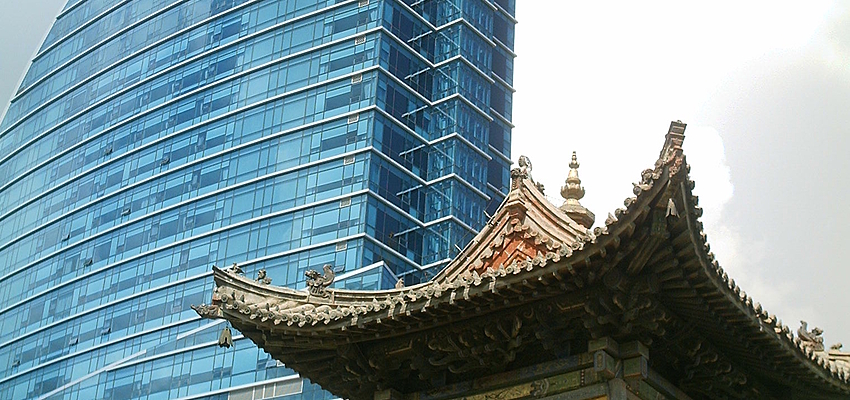


Mongolia, a country with tradition at its heart, has built its economy on craftsmanship and ancestral lifestyles, where pastoralism, metal work and textile production are the dominant industries. Bordered by the two global powers that are Russia and China, stuck in a world where progess is obligatory, Mongolia is seeing its ancestral traditions disappear; nomadic lifestyles, for example, are rapidly on the decline.
With a population of around 2,700,000 (1.7 per km²), Mongolia is a highly underpopulated country. This figure includes the 1,000,000 or so people who live in Ulan Bator, the capital. Ulan Bator's population is continually on the rise as many of the country's nomadic communities now live on the outskirts, which is a suprising sight to see during a holiday to Mongolia. The other towns, being much smaller, have around 100,000 inhabitants.
90% of Mongolia's population come from a diverse range of tribes, the largest being the Khalkha. The remaining 10% are mainly Turks often Kazakhs. Of the tribal population, there are 5 major ethnic groups in Mongolia, namely the Khalkhas, Buryats, Darigangas and the Tsaatans. The Khalkhas first appeared on Mongolian lands towards the end of the 15th Century, where they roamed the northern regions of the Gobi Desert. The four remaining ethnic groups spread out across the country. The Buryats inhabit most of the north of the country, reaching as far as Lake Baikal in Russia. They account for around 40,000 of Mongolia's population and are semi-nomadic if not sedentary. The Darigangas occupy the east. Making up for 1.4% of the population, they're famous for being skilled goldsmiths. The Kazakhs live towards the west, as the country borders Kazakhstan. They are primarily Muslim, whereas Buddhism is practised by most of the population. They make up 5.9% of the population. Finally, the Tsaatans live to the west of Lake Khovsgol which is in the north of Mongolia. During a trip to Mongolia, as you reach Lake Khovsgol, you'll find the Tsaatans, who live a very different life from their compatriots. Rather than living in yurts, they have conical tents and make a living from raising reindeer.
Mongolia's economy has been traditionally based on nomadic pastoralism. Agriculture accounts for 1/5 of the country's GDP, although, due to the hostile climate, it's not as developed as animal husbandry. The nomadic peoples, being the country's main breeders, manage large herds where horses account for most of the livestock.
It was during Soviet rule that the country was 'forced' to change its way of life. Under a five-year plan, the country was industrialised and during the 1940's Ulan Bator saw the construction of its first factory. Despite this, once Communist rule ceased, the country fell in to a deep recession. State owned factories and industries closed and swathes of the population found themselves out of work and money. The situation has, nonetheless, improved and Mongolia is now a player on the global market having been integrated into the World Trade Organisation in 1997. Privatised companies have sprung up and foreign investment has become a feature of the Mongolian market.
Foreign trade is flourishing, namely on the textile market where cashmere is a major commodity. That said, imports and exports are still up against it, as the country's infrastructure is somewhat lacking, notably when it comes to road and rail transport.

Even if today the situation has, albeit slowly, improved, more than 1/3 of the population lives in poverty and alcohol abuse is a wide spread problem. Many nomadic populations have suffered as periods of drought and extreme cold have seen their herds diminish. A lot of these people have gravitated to the suburbs of Ulan Bator. Their numbers have increased and this suburban population lives in extreme proverty. So don't be surprised by the conditions you witness, if you find yourself here during your holiday in Mongolia.